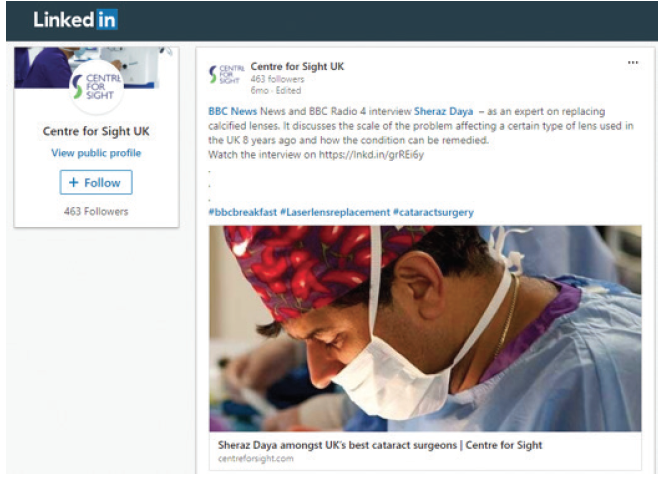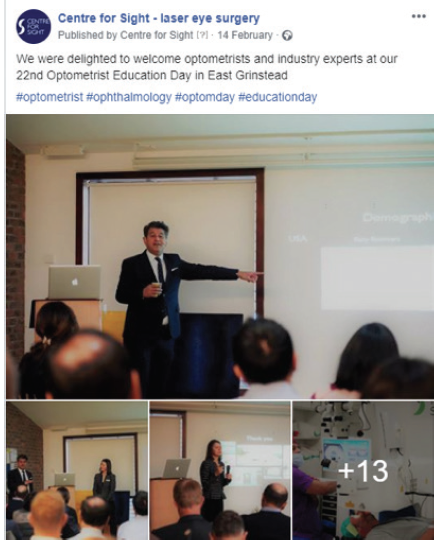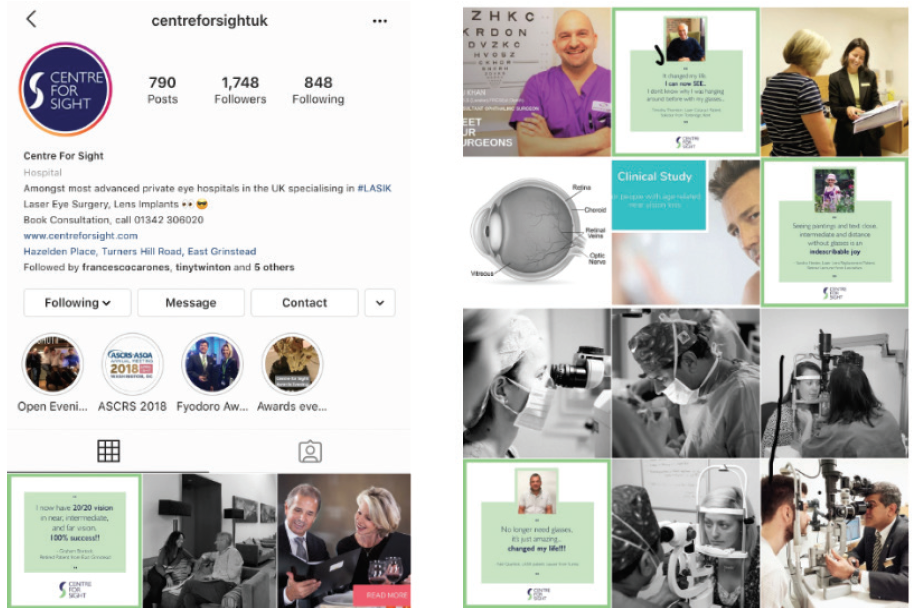

With an ever-increasing audience of followers on the growing number of social media platforms, it can be tempting to take the same approach with your social media strategy that you do with your public relations strategy.
Traditionally, press releases were the most efficient and effective method to communicate key information and newsworthy content to the media in order to generate press coverage to influence an audience. Although some may argue the traditional print media are shrinking in comparison to social media platforms, there still remains a place for the traditional press release to communicate and distribute official brand information with supporting data for journalists to create news stories and features.
A well-constructed press release can also serve as a social media news release and can form a content bank from which a social media team or digital agency can draw key messaging to generate engaging social media posts (Figure 1). This is important because social media sites have been proven to be influential in drawing an audience and engaging its attention in order to direct traffic to your website or otherwise meet your brand or practice goals.

Figure 1. The Centre for Sight LinkedIn page shares important news about the practice to inform its audience.
Because social media communication is fluid, creative, and even conversational, it is vital that, at the core of each post, there be a defined purpose or call to action to meet the strategic goals of your practice. This is where social media communication differs greatly from a press release, which must be static and definite for journalists to use.
Furthermore, the purpose of a social media post is to emotively engage an audience and draw people closer to your brand. This is in effort to develop an affinity or brand loyalty. An effective post will generate likes, comments, reposts, and shares and, in doing so, increase the key messaging and brand awareness of your practice or services. Active, energetic social media accounts are recognized by the algorithms of each social platform, allowing you to expand your reach beyond your usual network of followers. This activity puts your content—and your practice—in front of a larger audience and serves to increase your numbers of followers.
The Art of Conversation
One of the best ways to improve engagement on social media is by asking a question and responding when you receive an answer. In one survey, nearly two-thirds of consumers who indicated that they were satisfied with brand interactions over social media said they were likely to recommend that brand to others.1 Social media sites enable individuals with limited online influence to reach a wider audience.
No matter how much technology is added to the mix, the functional approach of social media should always be focused on creating and nurturing human connections. Consumers develop their strongest brand allegiances based on positive interactions, even if those initially come about due to negative experiences. Perhaps the biggest challenge is to avoid letting technology lead us into impersonal and automated interactions. The ultimate goal may be to embrace technology that breaks down barriers and connects people with other people.
When you are developing a social media strategy for your practice, consider the following tips.
Tip No. 1: When you start conversations, remember why your followers are there.
No matter what type of conversation you start, you should always keep your audience in mind. Your followers are using the platform to kill time, to be entertained, and to learn. Social media sites are like a cocktail party; they are a place to mix, mingle, and get to know others. They are not a place to lay on sales and marketing messages too thick. Avoid using jargon or terminology that is not widely known.
Tip No. 2: Create engaging content and copy.
Invest time and effort into understanding your audience and learning how to best engage its attention. This may require developing a distinct tone of voice and using certain terminology to encourage a feeling of community.
Tip No. 3: Find or generate images that capture attention.
Well-designed and styled visual feeds on platforms such as Instagram can draw in an audience and also highlight key messages. Consider using images that jar the viewer or seem slightly out of place to capture the attention of your audience and encourage reposting or sharing. Social media sites are crowded spaces, so using attention-grabbing images is a great way to capture viewers.
Tip No. 4: Use hashtags.
Take time to research trending or relevant hashtags to target an online community surrounding a common topic. A well-written post incorporating relevant hashtags can be fundamental in generating exposure and audience engagement. Hashtags are an integral part of any social media marketing strategy. They function as a method of labeling content to make that content discoverable to users (Figure 2).

Figure 2. The Centre for Sight Facebook page uses hashtags to boost sharing of photos of events hosted by the practice.
Tip No. 5: Incorporate personality and humor.
Using the story function on Facebook and Instagram can be a playful way to capture the attention of your audience. It enables your followers and a wider audience to get a glimpse of your brand or practice without being too formal or structured. Stories normally last for only 24 hours. Humorous or fly-on-the-wall content can draw an audience that will want to see what you will post next.
Conclusion
Modern public relations tactics demand an integrated, multichannel approach in order to build awareness, loyalty, engagement, and advocacy, and this approach must include the integration of a social media strategy. The bottom line is that social media content forms part of an ongoing conversation. It can be a beneficial accessory to public relations efforts if used with care as part of an integrated strategy (Figure 3).

Figure 3. The Centre for Sight Instagram page shares photos of patients and surgeons and other informative graphics.
Engaging with an audience on social media is a great way to obtain the insights you need to make crucial practice decisions, and it can be as easy as starting a conversation. By having a dialogue with your audience, you will see an increase in brand awareness and in results from your online efforts.
1. 3 ways PR can help manage today’s review-based economy. Wbcom Designs. March 18, 2018. https://tech.wbcomdesigns.com/social-media-marketing/92615/. Accessed July 24, 2019.


